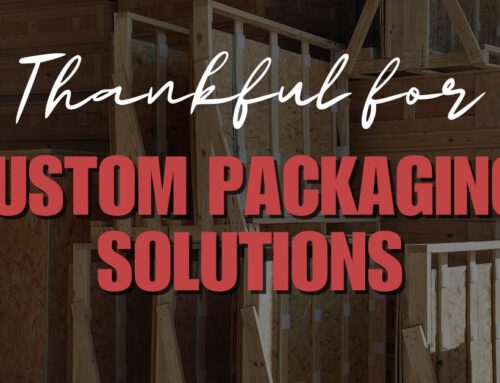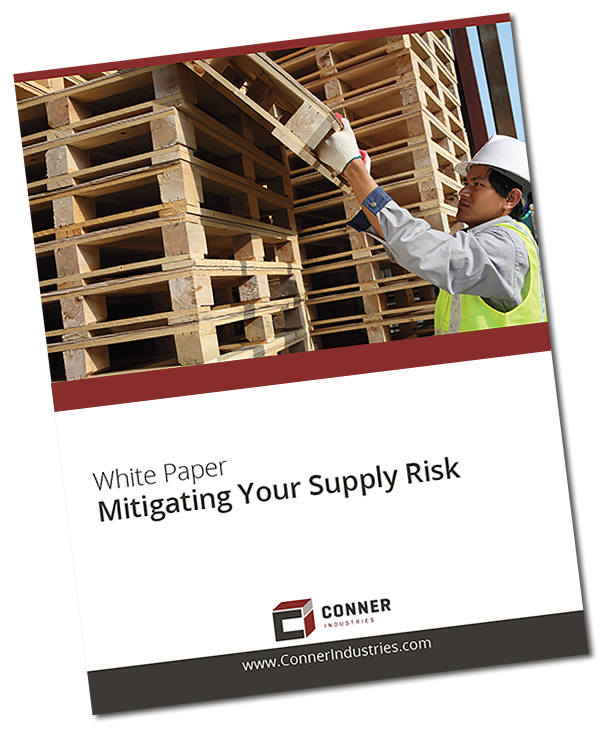
Crating and Packaging Military Assets: A Basic Guide
Crating and packaging military assets is an important and complex job with high stakes.
It requires precision and security from an experienced and reliable supplier to stay on strict timelines and meet all specifications, while keeping the packaging’s integrity. The process is designed to ensure that equipment ranging from large machinery to sensitive electronics reaches its destination intact, regardless of the environment or handling conditions it may encounter along the way.
Industrial packaging companies play a critical role in this process, leveraging innovative techniques and materials to meet the rigorous standards required by military operations.
This article will discuss the key steps for ensuring government contracts are fulfilled to the highest quality standard.
Understanding the Complexity of Military Packaging
Crating and packaging military assets requires precision because these assets are diverse in nature.
They can include large components for aircraft and tanks as well as smaller, more delicate items such as electronic devices and weaponry.
Each military asset demands a tailored approach to packaging that accounts for weight, sensitivity, and the risk of damage from environmental conditions during transit.
The Key Steps for High Quality Packaging for Military Assets
Now we have an understanding that military assets require a higher level of efficiency and care. These are the practical steps to make sure challenges are mitigated:
Evaluation, Analysis, and Planning
Successful crating and packaging military assets begins long before the first crate is built.
Every project requires a careful evaluation of the asset, including its size, weight, fragility, and sensitivity to environmental conditions such as moisture, vibration, or extreme temperatures.
Once the evaluation is complete, the next step is a detailed analysis of transportation requirements. This includes whether the asset will be shipped domestically or internationally, the modes of transportation that will be used, and any compliance regulations that must be met.
For military shipments, documentation and adherence to standards like ISPM 15 are critical to ensure both security and smooth border crossings.
Planning ties everything together by identifying the most efficient packaging design, the right protective materials, and the proper handling procedures.
By approaching evaluation, analysis, and planning with precision, manufacturers and military contractors can reduce risks, protect sensitive equipment, and ensure that all military assets arrive safely and ready for use.
Innovative Design & Engineering
For larger assets, MIL Spec custom crating may be required to hold the equipment securely. These are generally custom crates designed to fit the exact needs of the product and made from reliable materials.
Integrated packaging, such as foam, plastic, metal, or corrugate, may also be needed to hold everything in place. This helps to absorb shock so that vibration and shock do not harm the assets.
Working with a supplier with an experienced design and engineering team is critical so that packaging meets all standards and is well-equipped to sustain transit.
Testing & Quality Assurance
Drop tests, vibration tests, and compression tests are all common procedures used to test the integrity of the packaging and to simulate similar experiences it may face during transportation. Some military assets will have regulations that some or all of these tests must be done before shipping.
Before shipping, the packaged military assets must undergo a thorough inspection and quality test to verify that all requirements have been met and that it is securely contained.
Standards & Regulations for Military Packaging
There are many regulations and specifications that are used for the crating and packaging of military assets.
These include requirements for a wide range of processes such as quantity per unit, preservative material to be applied, preservation method, cleaning and drying procedure, cushioning, wrapping, barrier materials, and more. Here are some of the main regulatory specifications used and their meaning:
MIL-STD-2073
This is officially titled “Standard Practice for Military Packaging.” These guidelines cover everything from materials used to testing procedures that must be followed. It serves as a comprehensive reference for military packaging to keep uniformity and consistency across the board.
MIL-STD-129
This is the specification titled “Military Marking for Shipment and Storage,” and is used specifically for marking and labelling requirements. This details the format, content, and placement of markings used on packaging and containers.
MIL-STD-130
This is known as “Identification Marking of U.S. Military Property,” and provides guidelines for uniquely identifying military assets, including equipment, parts, and supplies.
ASTM D3951
This specification is titled “Standard Practice for Commercial Packaging.” This is the industry standard specification for non-military-specification packaging. It provides guidance and best practices for shipping non-sensitive products or materials.
MIL-PRF-121
This is officially named “Performance Specification Packaging of Hazardous Material” and addresses the packaging requirements for hazardous materials military assets. This details the necessary precautions, labeling, and documentation for safe transportation of these materials.
How Conner Packaging Can Help with Military Packaging
Conner has extensive experience crating and packaging military assets and government contracts.
We specialize in custom-cut foam, MIL spec crating, and military SPEC non-metallic component products. Our sister company, Southwest Air Products, is a leader in foam tape with adhesives and gaskets for the Aerospace industry. We are registered with CCR and SAM and have AS9100D, ISO9001:2015, and WBENC certifications.
See how we can help you lead your industry with the best packaging on the market!



![[PRESS RELEASE] Conner Industries Expands Integrated Packaging Division with Acquisition of Kirkland Sales Inc.](https://connerpackaging.b-cdn.net/wp-content/uploads/2024/05/Foam-Page-Featured-500x383.jpg)







